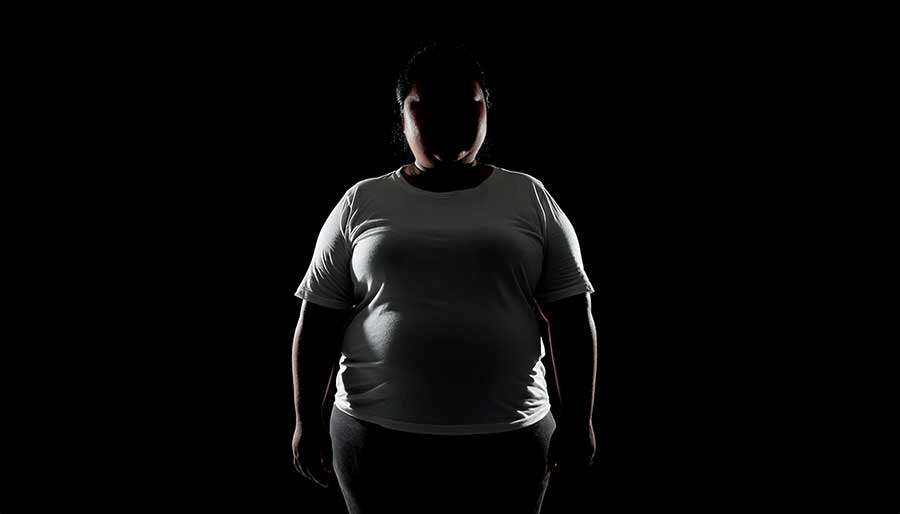
DIETS / Weight Regain
Putting weight back on after a crash diet is like the frustrating sequel to a movie you didn’t want to watch in the first place. You put in all that work – the discipline, the deprivation, the hunger and the tiredness. Then as soon as you let the reins go – even just a little – those pants start to get a little tight again. This is called weight regain.
WHY does this happen??!!
When you lose weight, your body adapts. All your biological systems that worked to help you lose the weight have essentially changed gear:
1. Metabolic Adaption:
Crash dieting is like putting your body on “power-saving mode.” Severe calorie restriction causes the body to slow down its metabolic rate to conserve energy. Then you lose weight, and your metabolism slows down because you have less body mass to drive it. So, when you go back to your normal eating routine, your body is still languishing in that slow-motion state, making it easier for the pounds to creep back.
To make things worse, your metabolism drops by an additional 15 percent beyond what can be explained by the loss of body mass. This means each time you diet, the rate at which you burn calories decreases by 15 percent. Unfortunately, research indicates that even after regaining the weight, your metabolism doesn’t fully recover.
2. Loss of Lean Muscle Mass:
Generally, when you crash diet or impose heavy calorie restrictions on your body you’ll lose not only fat, but water weight and muscle mass. Since muscles burn more calories than fat, losing muscle means your metabolism takes another hit, making it even easier for those lost pounds to find their way back.
3. Hangry Hormones:
Heavy calorie restriction can disrupt the hormones involved in appetite regulation, such as leptin and ghrelin. This can leave you feeling constantly hungry and less satisfied after meals, making it harder to resist the urge to snack and leading to weight regain.
4. Emotional Rollercoaster:
Crash dieting can be a real emotional rollercoaster. Following a heavily restricted diet can lead to feelings of deprivation, guilt, and an unholy obsession with food. Once the diet ends though, people often revert to their previous eating habits – and then some. It’s like the floodgates open, and you find yourself diving headfirst into a pile of snacks, undoing all your hard work and you regain weight. You give into your cravings because certain foods that you have been restricting give you pleasure and they release the feel-good chemicals called endorphins, which is just too hard to resist.
5. Water Weight Woes:
That initial drop on the scale during a crash diet? A lot of it is water weight. So, when you go back to your regular eating habits, water weight very rapidly comes right on back, making it look like you’ve gained more than you actually have.
Water Weight – What is it and how do I fix it?
6. Old habits die hard
Crash diets are all about the quick fix – they don’t teach you how to make sustainable lifestyle changes. Once the diet is over it’s back to old habits and, unfortunately old waistlines too. Maintaining a healthy weight is a lifetime commitment, rather than a moment in time. 4, 8 or 12-week weight loss programs don’t work long-term because we just go back to our old habits.
In the end, crash dieting sets up a vicious cycle of losing and regaining weight that can be exhausting and pretty depressing. There's nothing quite as miserable as feeling like you just can't win. We can not emphasize enough - focusing on balanced eating, regular exercise, and sustainable habits is the real blockbuster for long-term weight management.
References
1. How to prevent weight regain – University of Sydney
2. Persistent metabolic adaptation 6 years after “The Biggest Loser” competition
3. Mechanisms of weight regain
4. Maintenance of lost weight and long-term management of obesity


